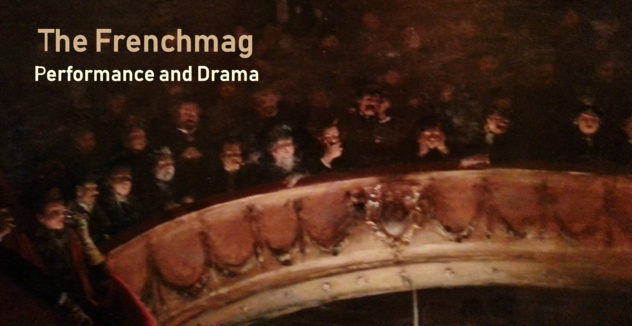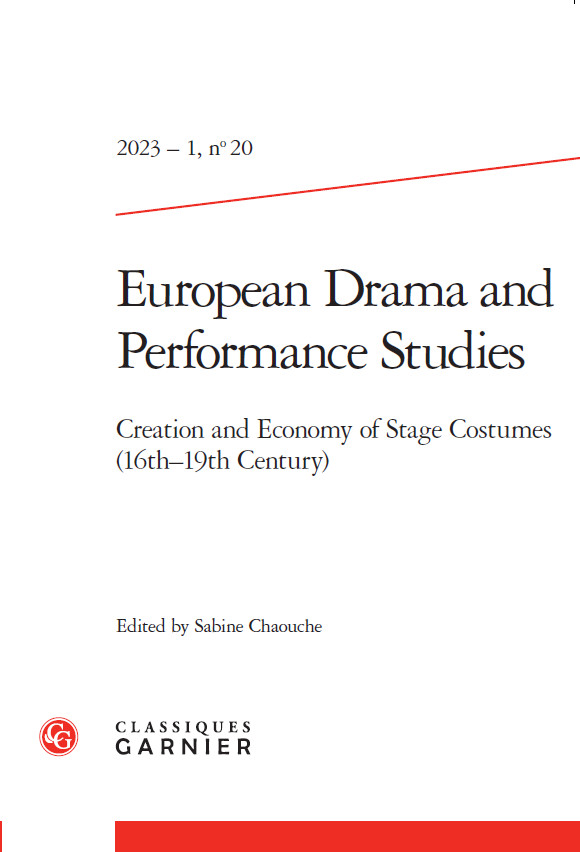Presentation
The Journal for Eighteenth-Century Studies (JECS) is the official journal of the British Society for Eighteenth-Century Studies. Founded in 1972, JECS publishes essays and reviews on a full range of eighteenth-century subjects. It is received by all the Society’s members, and is subscribed to by many individuals and institutions, including many University libraries. All volumes of the Journal are available in both printed and electronic format.
Editor:
Dr Matthew Grenby (journal@bsecs.org.uk), at the School of English Literature, Language and Linguistics, Newcastle University, Newcastle upon Tyne, NE2 2QT, U.K.
General Reviews Editor:
Dr Matthew McCormack (journal.reviews@bsecs.org.uk), at the Department of History, University of Northampton, Park Campus, Boughton Green Road, Northampton, NN2 7AL, U.K.
Submission:
The Journal for Eighteenth-Century Studies welcomes submission of new research in any area of eighteenth-century studies and strives to present the best current scholarship in eighteenth-century studies. All articles are rigorously and anonymously peer reviewed.
The Journal has published articles relating to all aspects of the global eighteenth century. While British and non-British history, literature, science, art and music may have been the disciplinary boundaries that have characterised the majority of academic research in this period, essays which explore these subject areas from perspectives of gender, sexuality, canonicity and liminality are as welcome as more mainstream articles.
Essays may be up to 10,000-words long, and may contain illustrations or other graphic material. They should be written in English, or in French (if with a substantial abstract in English). Papers must be submitted online at http://mc.manuscriptcentral.com/jecs
Editor:
Dr Matthew Grenby (journal@bsecs.org.uk), at the School of English Literature, Language and Linguistics, Newcastle University, Newcastle upon Tyne, NE2 2QT, U.K.
General Reviews Editor:
Dr Matthew McCormack (journal.reviews@bsecs.org.uk), at the Department of History, University of Northampton, Park Campus, Boughton Green Road, Northampton, NN2 7AL, U.K.
Submission:
The Journal for Eighteenth-Century Studies welcomes submission of new research in any area of eighteenth-century studies and strives to present the best current scholarship in eighteenth-century studies. All articles are rigorously and anonymously peer reviewed.
The Journal has published articles relating to all aspects of the global eighteenth century. While British and non-British history, literature, science, art and music may have been the disciplinary boundaries that have characterised the majority of academic research in this period, essays which explore these subject areas from perspectives of gender, sexuality, canonicity and liminality are as welcome as more mainstream articles.
Essays may be up to 10,000-words long, and may contain illustrations or other graphic material. They should be written in English, or in French (if with a substantial abstract in English). Papers must be submitted online at http://mc.manuscriptcentral.com/jecs



